Do you pay attention to the latest training trends? If so, you’ll know at this point that yoga is not considered an esoteric practice. Athletes in professional and collegiate sports do yoga to support mobility and recovery training. Endurance athletes use it to prevent injury and correct imbalances. And weight lifters & functional fitness athletes use it to restore flexibility and recover from their resistance training workouts.
Still – finding the right type of yoga for athletes can be challenging. Wandering into your local studio or just pulling up a random yoga workout on YouTube might not get you the performance-enhancing workout you’re looking for. In short, yoga is great for athletes – but you need to be sure you’re doing the right type of yoga.
In this blog, I cover:
- Common challenges of athletes, gym-goers, and fitness enthusiasts.
- The underlying causes for these challenges.
- How to successfully address these potential problem areas.
- How Man Flow Yoga helps.
Common Challenges of Athletes, Gym-Goers, and Fitness Enthusiasts
- Injury. Injury is the #1 threat when it comes to the fitness of athletes. Injury means we can’t train, can’t compete, and – most importantly – can’t do what we enjoy doing. Injury cannot be avoided altogether, but its likelihood can be dramatically reduced with the right balanced training.
- Soreness / overtraining. Athletes are almost always sore, and this can make training difficult. You might require more time to warm-up, have to take days off to recover, or be careful to modify your training to avoid soft-tissue injuries. But just a little bit of restorative exercise to your routine can significantly reduce soreness.
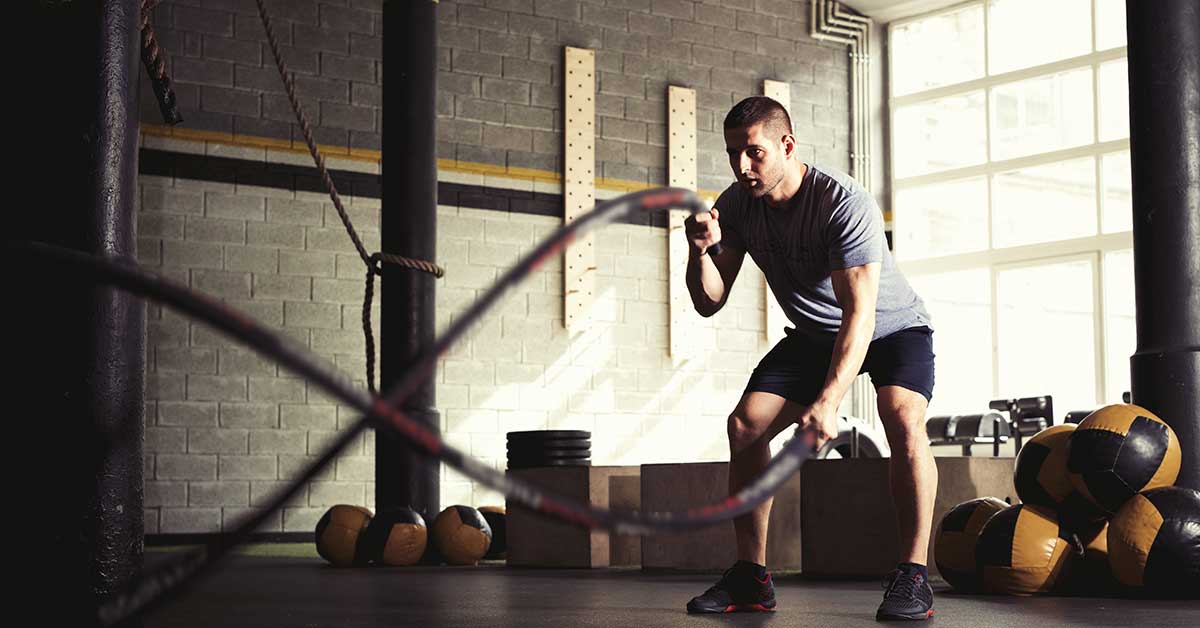
The Underlying Causes for These Challenges
- Lack of flexibility/mobility training in traditional training. This is perhaps the biggest issue. Most traditional training routines for athletes do not address flexibility. (I speak from experience.) Athletes typically concentrate on strength, speed, endurance, and sport-specific skills, but spend little time improving their flexibility and mobility.
- Sport-specific imbalances. These are caused by the repetitive motions athletes make. For runners, it’s the motion involved in running. For anybody who throws a ball or swings a bat, they’re usually focused on one side more than the other. Whatever it is, repetitive motions can lead to imbalances that can cause injury.
- Too much fast, not enough slow. Most sports or training types involve fast movement, and very few (if any) involve moving slowly. Moving quickly is important, but in order to move fast, you first have to own slow. Not only does this improve your performance, strength, and power, but it also helps to prevent injury from improper movement patterns.
- Athlete mentality. Athletes have a very competitive nature. You always want to push yourself to be the best you can be. If you’re not sweating profusely or constantly out of breath, the workout isn’t tough enough. This is great, because it makes you a better athlete, but neglects the softer side of fitness that helps to improve you in ways that fast-moving exercise can’t.
- Going from a desk to the field. We live in a mostly sedentary world, and this sucks for our bodies. Sitting weakens your hips & core, destroys your posture, and hurts your flexibility. But it doesn’t stop when you stand up. The stress of sitting carries over into your activities, and this increases your risk of injury, necessitates more warm-up time, and requires you to do corrective exercise to undo the stress of being inactive.
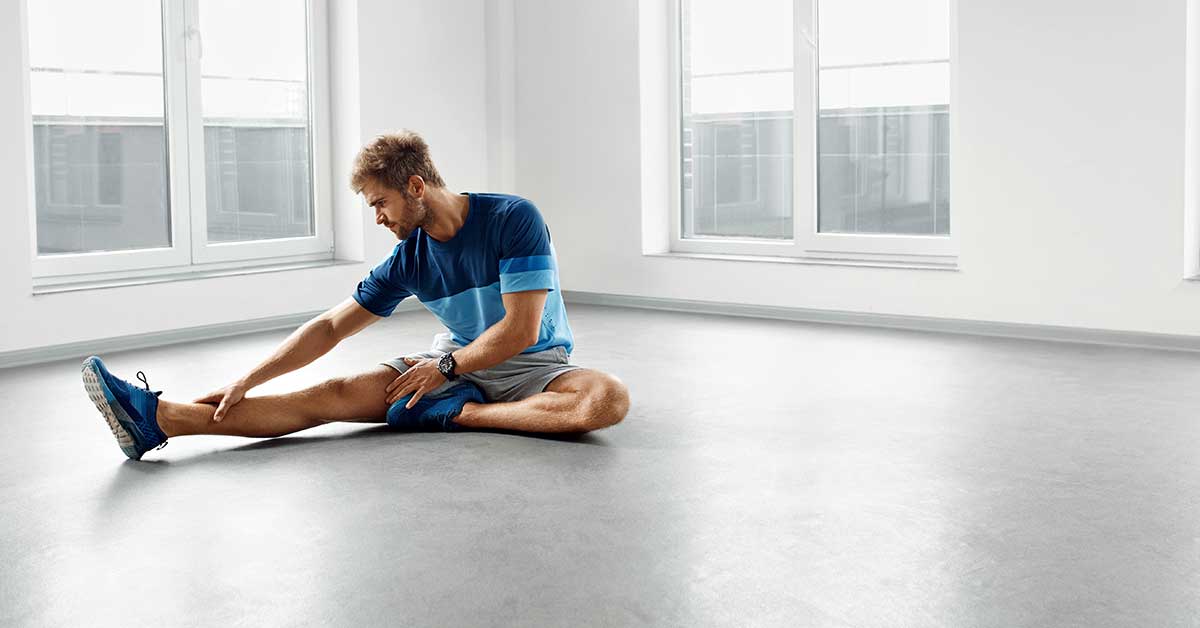
How to Successfully Address These Potential Problem Areas
- Discovering & correcting muscular imbalances. In order to fix muscular imbalances, you first must find what they are. After you understand your imbalances, you can start to work on them. Addressing your weak points makes you stronger, improves your performance, and significantly lowers your risk of injury.
- Restorative & recovery-focused workouts. Get back to exercise with less soreness & more energy. Adding restorative stretching to your routines speeds up your recovery, lowers your risk of injury, and allows you to push yourself in your other workouts.
- Slow-moving exercise to correct movement patterns & improve muscle activation. Learn to move better. Only when you move slowly and mindfully can you correct improper movement patterns, understand how to properly “engage” inactive muscles, and improve your overall muscle activation. The result is greater strength, improved performance, and a lower risk of injury.
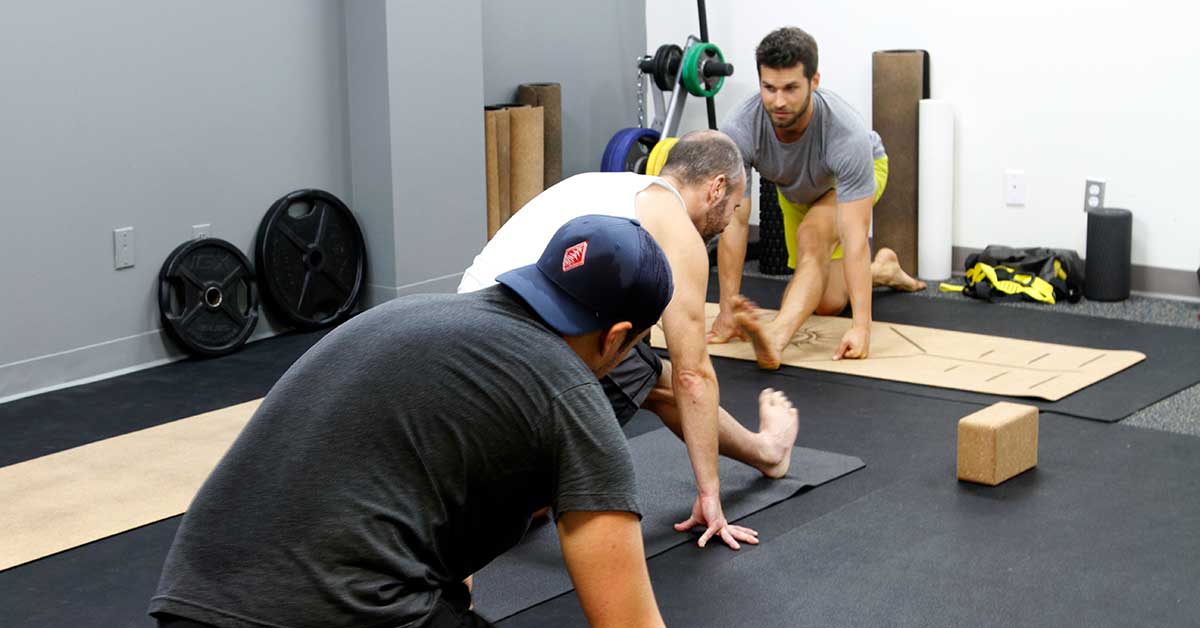
How MFY helps
 The Strength Foundations Course – this a program I created that allows you to notice your imbalances and correct them. It is also heavily focused on improving muscle activation. This improves your performance, increases your strength and mobility, and makes you better at whatever your physical activity of choice. Minimum 3x per week, 30-40 minute workouts. Minimal equipment.
The Strength Foundations Course – this a program I created that allows you to notice your imbalances and correct them. It is also heavily focused on improving muscle activation. This improves your performance, increases your strength and mobility, and makes you better at whatever your physical activity of choice. Minimum 3x per week, 30-40 minute workouts. Minimal equipment. Flexibility, Mobility, & Joint Health for Inflexible Beginners – This program was built for the person who neglects flexibility and mobility work, to help you increase your range of motion and force you to spend more time on recovery. You can easily combine this with your existing workout program. Minimum 3 workouts per week.
Flexibility, Mobility, & Joint Health for Inflexible Beginners – This program was built for the person who neglects flexibility and mobility work, to help you increase your range of motion and force you to spend more time on recovery. You can easily combine this with your existing workout program. Minimum 3 workouts per week.- MFY “Path” – we’ve created “paths” that make it easy for you to follow a set schedule of workout programs, focused on your specific needs and goals. Our athletes fall neatly into our “Yoga for Athletes” path.
Looking for A Program?
If you’re still skeptical, give Man Flow Yoga a try by trying our FREE 7-Day Challenge, where you’ll get free workouts for a week.Sign-up below to try our 7-Day Challenge!
Signup for the FREE 7-Day Challenge
Additional Resources
About the author, Dean Pohlman, Founder & CEO of Man Flow Yoga, Author of Yoga Fitness for Men, Expert on Yoga Fitness for Men.
Looking for non-spiritual, yoga for men workouts?
Learn More About Man Flow Yoga and how it can help you with your fitness goals:
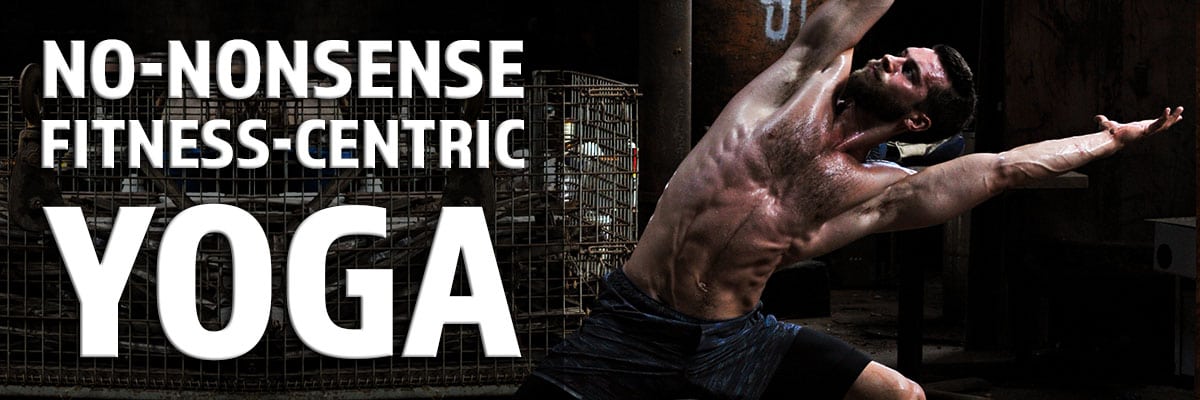 Join Today for Instant Access!
Join Today for Instant Access!
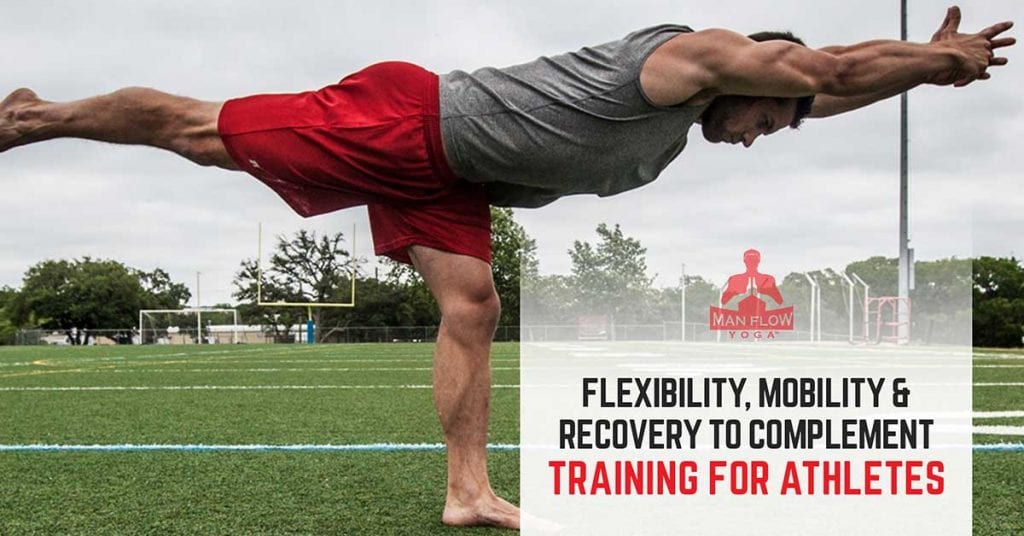

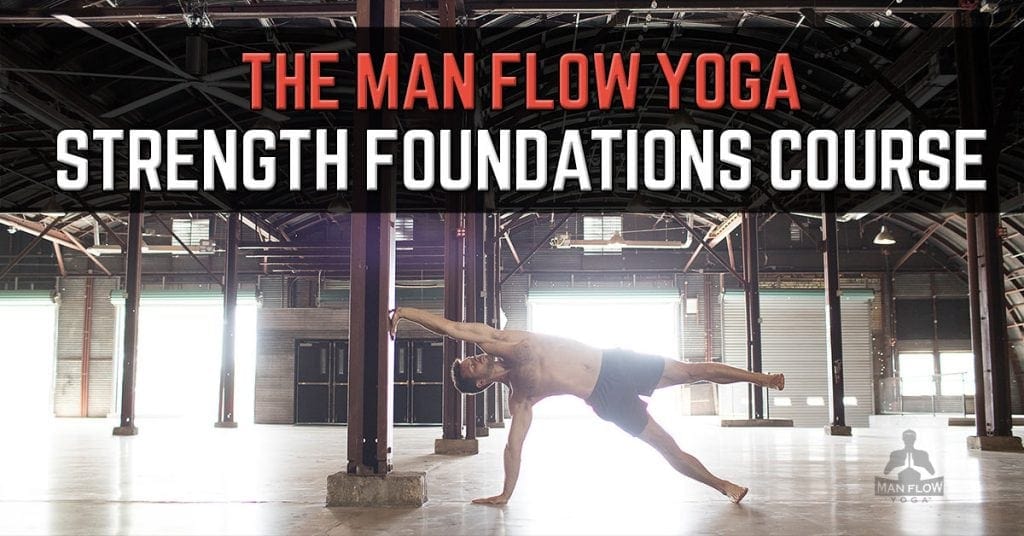

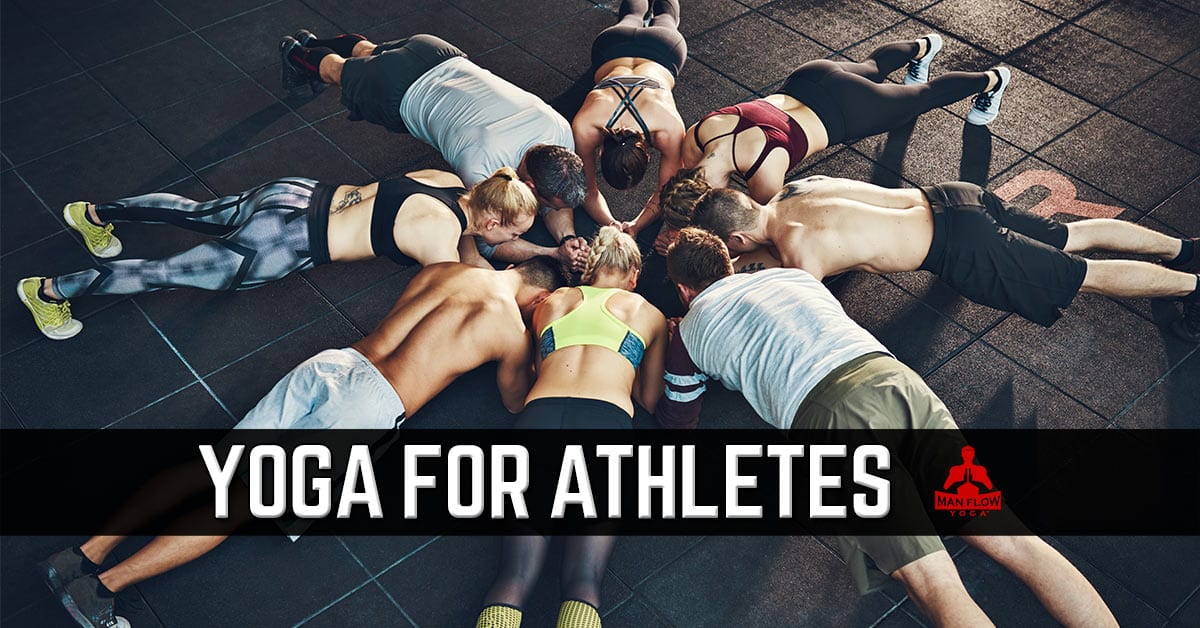

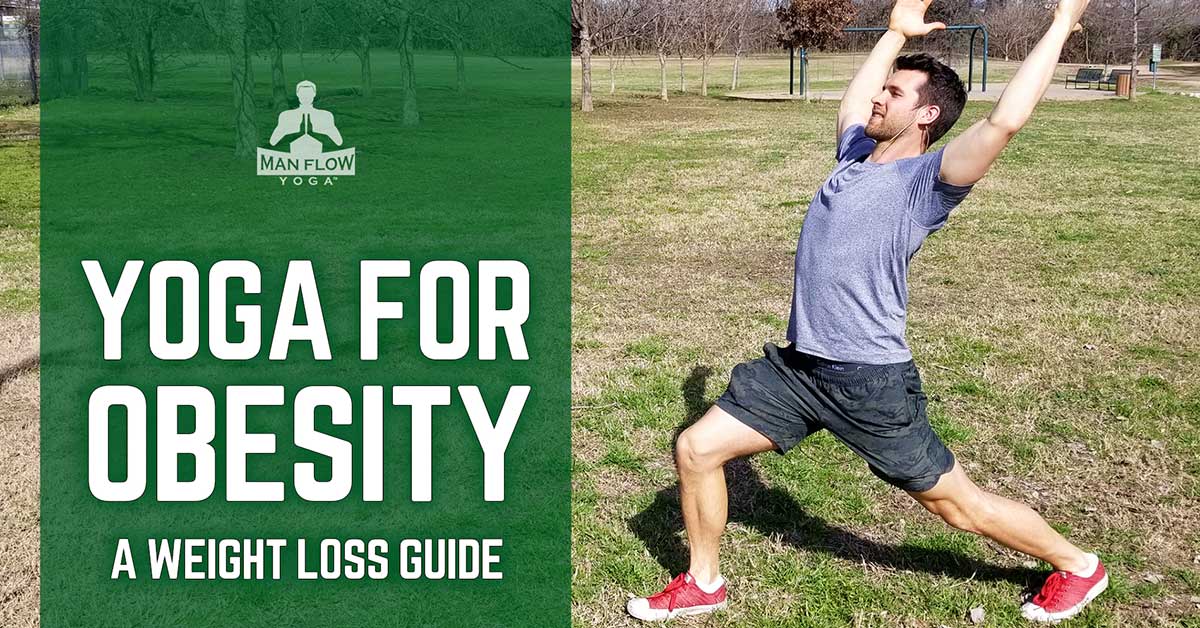
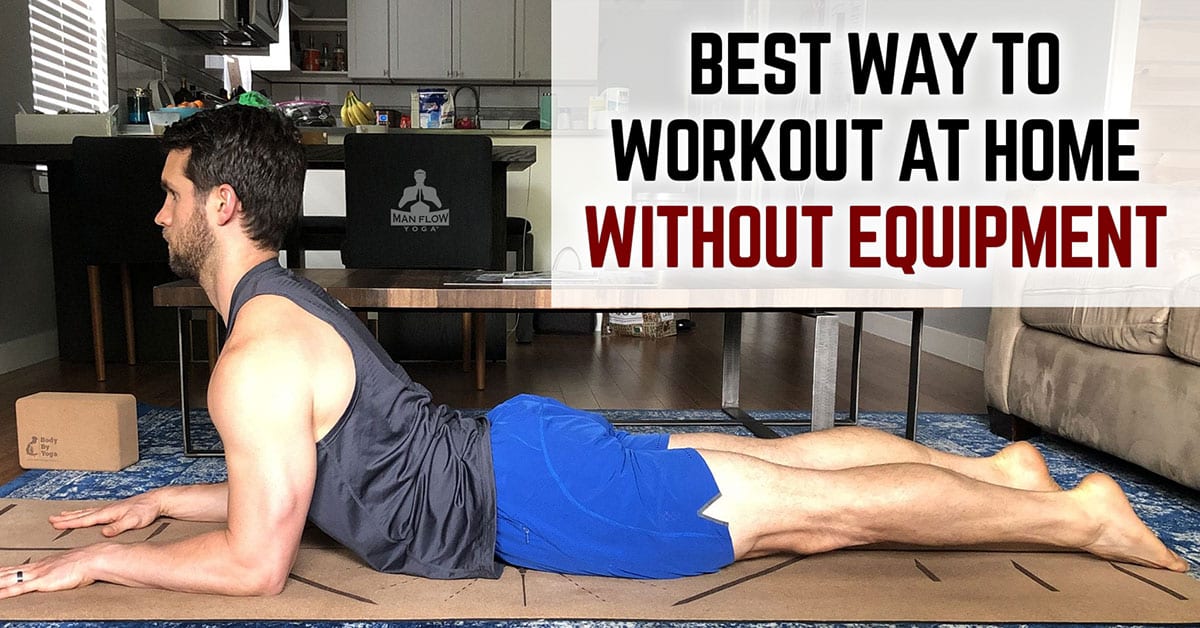
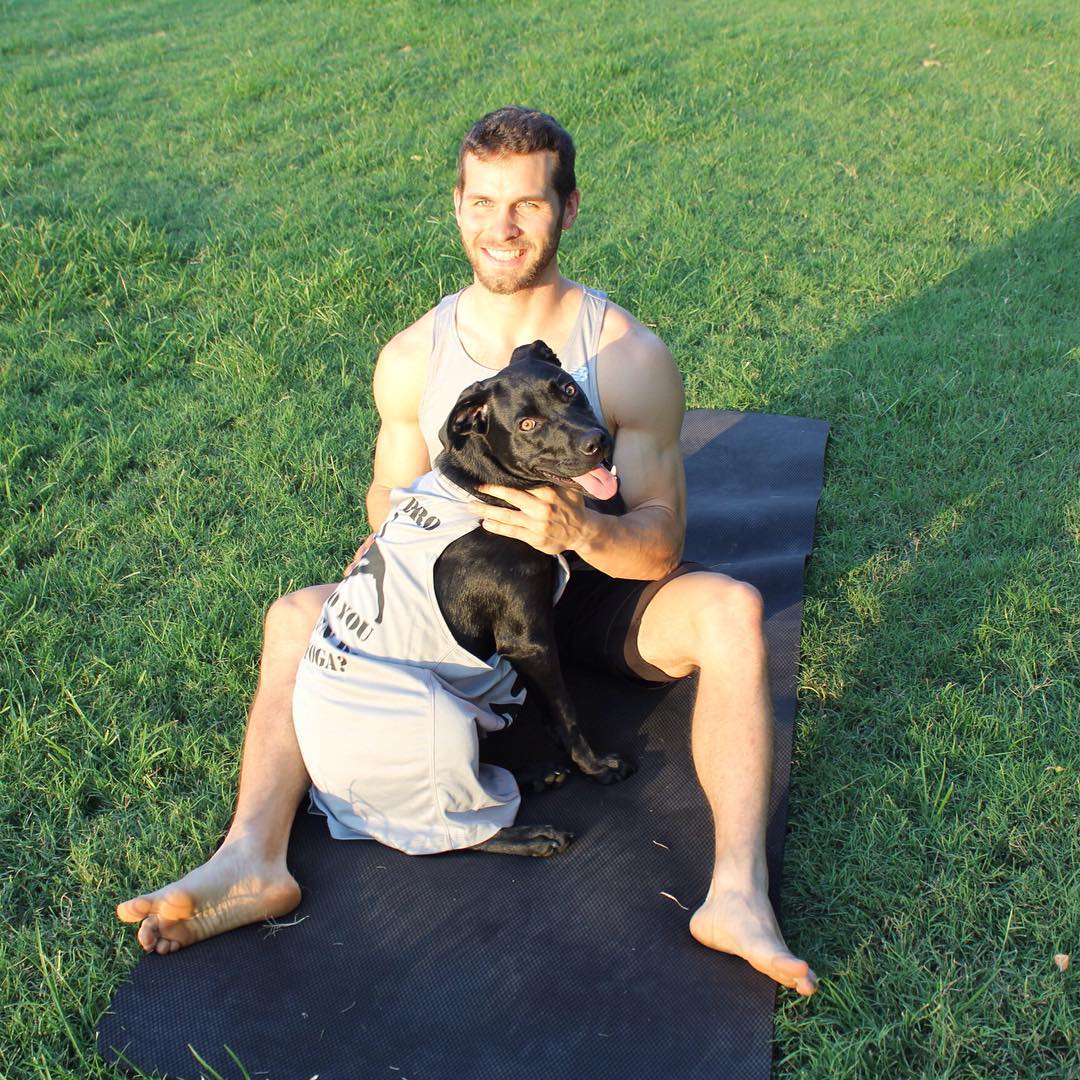
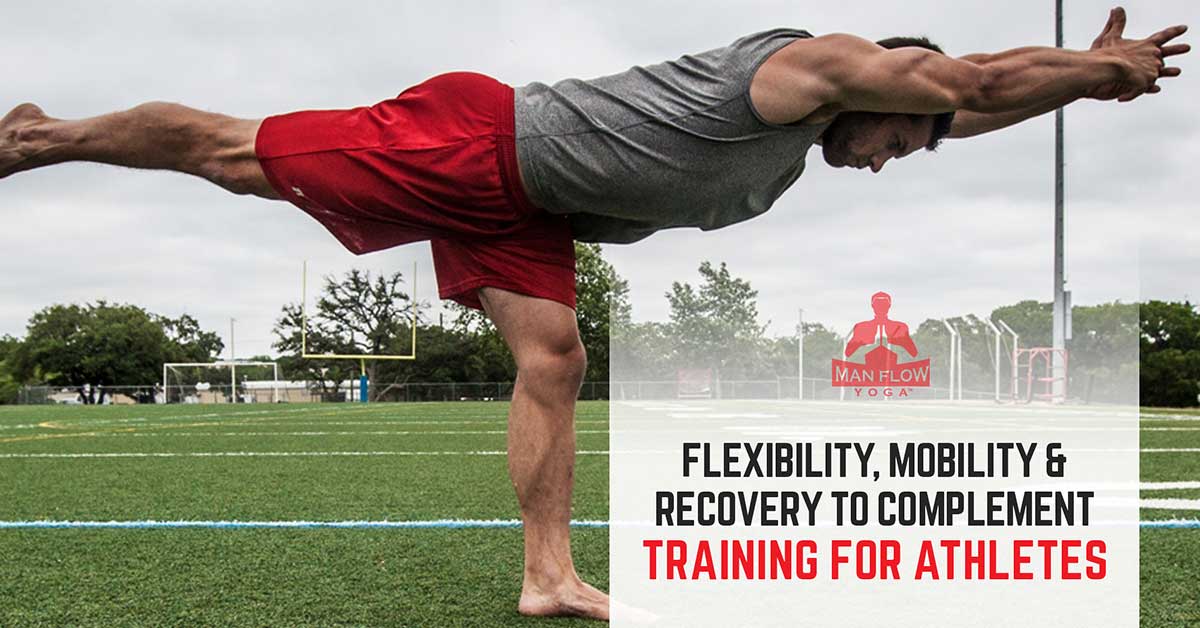
As someone who worked out religiously at the gym since I was 21 and am in my mid-30s now still at my peak fitness, I stumbled across your techniques while researching how to alleviate a nagging lower back pain that was brought on by going too aggressive with squats and deadlifts earlier this year (I think I compressed my spine through heavy loads too frequently, and it’s slowly been loosening up.)
I don’t know if this exact program is what I’m looking for, but I do know that ever since I started doing several of the yoga stretches and poses over the past week (squatting daily, reclined twist, child pose, child pose with thoracic mobility, standing sidebend, downward dog on the couch…. I’ve even taken your recommendation to walk daily to heart by upping mine by 20 extra minutes,) my lower back has been feeling a whole lot better.
I’m not sure how I’m going to fit this altogether into my daily weightlifting routine (5 days a week, each muscle group aside from arms twice, and I’ve been pretty cautious about getting back into squats and deads fully since I feel like heavy squats and me just aren’t a match) but I’m glad to have discovered a yoga practice that I can integrate into my lifestyle. The component of it being a destressor is also important to me, as I do meditate nightly, but loosening up tight muscles is a huge bonus.
Hey Mike – that’s awesome to hear! I’m glad you found Man Flow Yoga and so far the movements have been helping. There’s nothing wrong with lifting heavy weights, but it’s important to do the necessary maintenance and recovery work to make sure your body can handle it.
Working on your hip mobility is going to alleviate immediate pains and also speed up your capacity to recover over time – you’ll feel better when you’re doing both yoga and weight training. If you want to keep it simple, you can do one day of yoga, and then one day of weight training. Take a 1-day break if you need to because you had a particularly challenging workout. Let me know how it goes for you! 🙂
– Dean
Thanks. I haven’t really gone to a gym before but I’m really considering to start working out. Might as well read some tips to avoid injuries and stuff.
Hey John – I’ve definitely got some good content on avoiding injuries somewhere on my blog, my YouTube channel, or elsewhere, but here’s a quick summary of important things to look out for and injury prevention:
1) Proper technique – make sure you learn it.
2) Listening to your body – if something hurts, don’t push through it. Discomfort is okay, pain is not.
3) Start small and build up. Focus on consistency instead of doing a superman workout every day.
That’ll get you started. 🙂 I have a program that I think would be great for you called the Strength Foundations Course. This helps you learn proper technique, correct common imbalances and weaknesses, and is beginner-friendly. It’s a great way to make sure you’re working out safely & effectively. You can get access to that program (and 40 more) when you join my online Members’ Area here, manflowyoga.com/join
PS – 30% Savings for Black Friday currently going on, sign up by 12/2.
Awesome. Thank you!
You’re welcome, John!